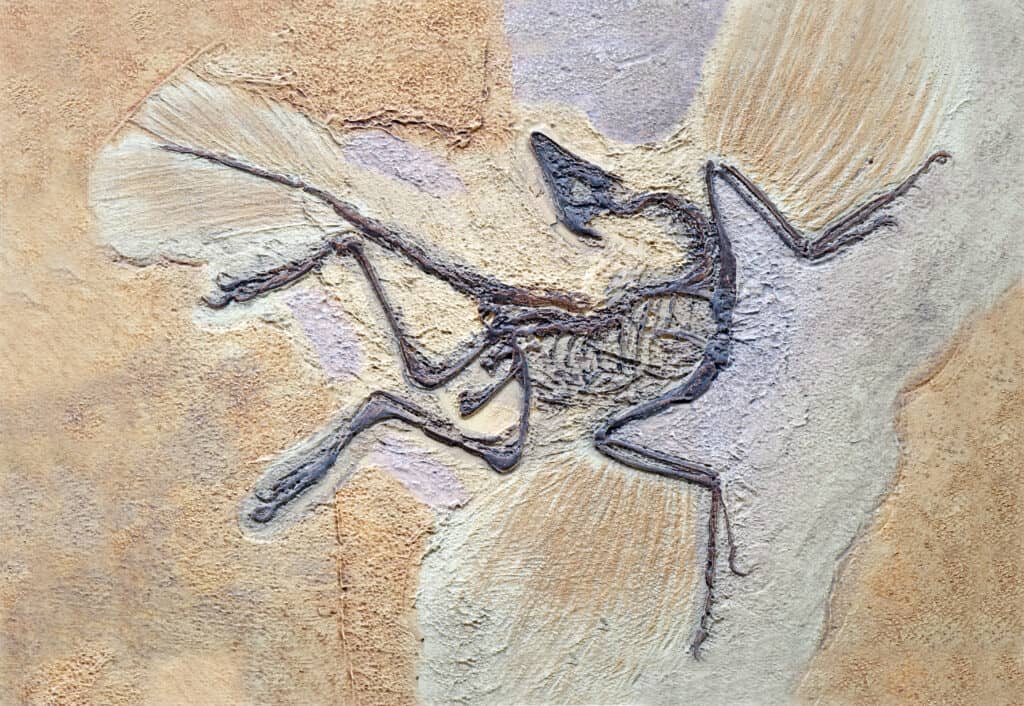Every day, researchers in a variety of fields work to uncover more about the Earth prior to written history. This includes unveiling new species, such as this one that scientists are likening to “Edward Scissorhands” due to its claws. This new species, Venetorapter gassenae, is an ancient predator recently uncovered in the southern region of Brazil.
Species Profile: Venetorapter Gassenae
It is named for its long claws, which possessed a sword-quality sharpness. Paleontologist Rodrigo Müller of the Federal University of Santa Maria described the purpose of these long claws and the Venetorapter’s large claws for both catching prey and climbing prehistoric trees. Müller was one of the researchers on the site of the farm where the fossilized remains of this reptile were found.
The fossils themselves present an interesting story about the life of the Venetorapter gassenae. First, it is likely that they lived in the Triassic period, approximately 230 million years ago. Fossils showed that along with their razor-sharp claws, this species also sported a sharp beak used for capturing prey and eating. Based on the skeleton fragments scientists on the scene discovered, which is theorized to be an adult, Venetorapter gassenae likely stood around 27. 5 inches tall. They were also around 39 inches long. For reference, the average maximum length of adult bald eagles is 37.8 inches.
As of right now, scientists have described the body of Venetorapter gassenae with feather-like fur. They also possessed a long tail similar to that of other prehistoric raptor species. It is closely related to pterosaurs, a clade of flying reptiles. This can be seen from the elongated fourth digit on the recovered hand.
How Are Fossils Formed?
After reading about how old these newly discovered remains of the Venetorapter gassenae are, you may be wondering just how fossils are created. After all, without these fossils, we wouldn’t have access to much of the interesting information on prehistoric species that we do today.
The most common method by which is fossil is created is called petrification. During this process, first, an organism must die. Then, it will decay or be eaten by scavengers, which removes any soft tissues such as skin. If the body is left exposed long enough, the entirety of it, bones and all, may decay away. As a result, the body must be covered in sediment prior to this. At this point, usually, only bones and teeth remain.
Once the body is covered in a layer of sediment, time will pass, and more layers will form. This applies pressure to the parts left behind, forcing them to merge into the layers to form sedimentary rock. Water will then penetrate the remains over time, and since usually only bones or teeth remain, the minerals in these materials will be left behind in the rock, which turns to figure into stone.
This doesn’t just happen to animals, however. Trees may also undergo petrification. The entire process of creating a fossil like that of the Venetorapter gassenae can take millions of years.

Fossils form in sedimentary rock through pressure, a process that can take up to millions of years.
©Mark Brandon/Shutterstock.com
The photo featured at the top of this post is © Danielle Beder/Shutterstock.com
Thank you for reading! Have some feedback for us? Contact the AZ Animals editorial team.







